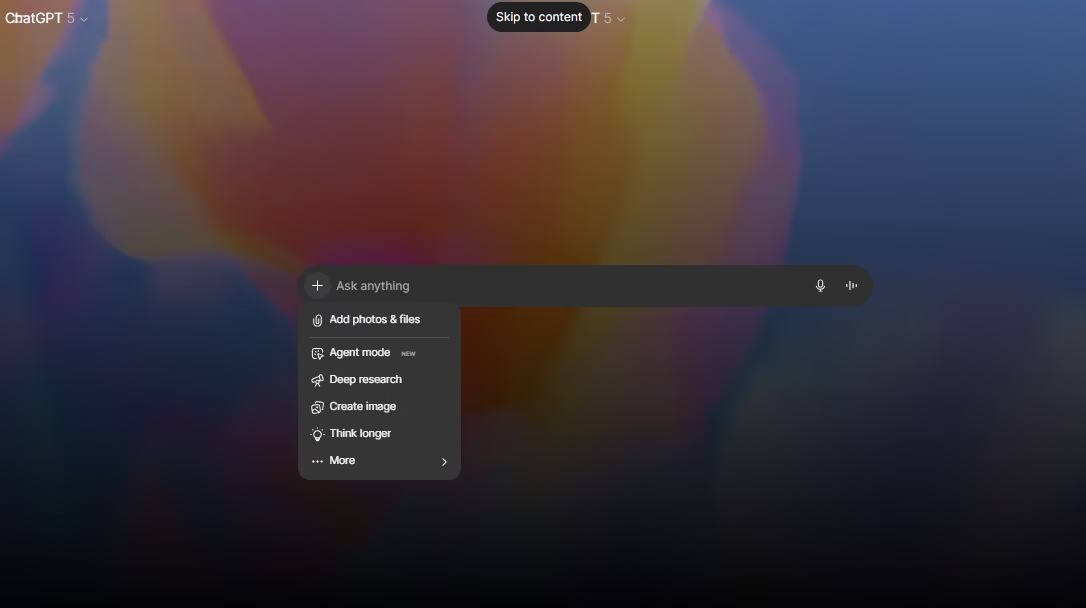OpenAI’s GPT-5 Launches: 5 Powerful Features That You Should Try Today

OpenAI’s GPT-5 has officially arrived, merging advanced reasoning with cutting-edge multimodal abilities in one unified architecture.
This next-generation AI model brings a simplified experience for users while delivering unmatched performance in problem-solving, creativity, and enterprise applications. According to OpenAI, GPT-5 offers “PhD-level expertise across any topic”, from complex legal analysis to real-time creative collaboration.
“GPT-5 is the first time it really feels like talking to an expert in any topic,” says Sam Altman, CEO of OpenAI.
1. Unified Model Architecture in OpenAI’s GPT-5 for Any Task
Previously, OpenAI separated models — GPT-4o for multimodal work and the o-series for advanced reasoning. OpenAI’s GPT-5 changes that by combining both strengths into a single system.
- No need to choose between models.
- Automatic routing ensures the best processing mode for your request.
- Saves time for developers and everyday users.
2. OpenAI’s GPT-5 Variants for Every Use Case
The launch includes four configurations:
- GPT-5 – Full capability for complex reasoning.
- GPT-5-mini – Budget-friendly for lighter workloads.
- GPT-5-nano – Ultra-fast for low-latency needs.
- GPT-5-chat – Optimised for enterprise conversations.
Romain Huet, OpenAI’s Head of Developer Experience, calls OpenAI’s GPT-5 “a breakthrough in unifying reasoning and multi-modality.”
3. Advanced Reasoning That Feels Human
Sam Altman compares the jump from GPT-4 to OpenAI’s GPT-5 as moving from “college graduate” to “expert consultant.”
With smarter logic and better memory, the model:
- Tackles multi-step problems without losing track of context.
- Handles abstract reasoning in math, science, finance, and law.
- Produces more reliable answers with less hallucination.
4. True Multimodal Processing
OpenAI’s GPT-5 accepts text, images, and other formats in one conversation.
- Describe a design idea with text + sketch.
- Analyse charts alongside written data.
- Get step-by-step instructions from a photo input.
This expansion builds on GPT-4o’s multimodal ability but with better context blending.
5. Enterprise-Ready AI Efficiency
OpenAI’s VP Jerry Tworek says GPT-5 “makes everything our models can currently do better and with less model switching.”
For businesses, OpenAI’s GPT-5 means:
- Fewer integration challenges.
- More consistent AI behaviour across departments.
- Reduced cost from using one unified system.
Want the Full Picture on GPT-5?
While these features highlight GPT-5’s strengths, there’s also a growing conversation about managing expectations for this release.
For a deeper look at what’s really changing — and what’s not — read our detailed analysis:
OpenAI’s Next Model GPT-5 Is Almost Here — But Temper Your Expectations.
In that article, we explore:
- Why GPT-5 is more of a refinement than a revolution.
- Expected improvements in long context and stability.
- What’s still missing, from perfect memory to true AGI.
Why OpenAI’s GPT-5 Matters Now
The launch arrives amid strong competition from Google’s Gemini. Industry experts say combining reasoning and multimodality could set a new AI benchmark. OpenAI warns of possible capacity crunches as demand surges, signalling both excitement and scaling challenges.
The Future with OpenAI’s GPT-5
This release brings AI closer to being a seamless expert collaborator. Altman admits to feeling “nervous and scared” about its rapid progress, noting the absence of global oversight.
If GPT-3 felt like a student and GPT-4 a graduate, OpenAI’s GPT-5 is the first true “expert on call” — ready to transform industries from education to enterprise software.
Conclusion:
OpenAI’s GPT-5 isn’t just a performance upgrade — it’s a simplification of AI usage, merging capabilities once scattered across models into a single, smarter system. Expect it to impact how businesses, developers, and individuals use AI daily